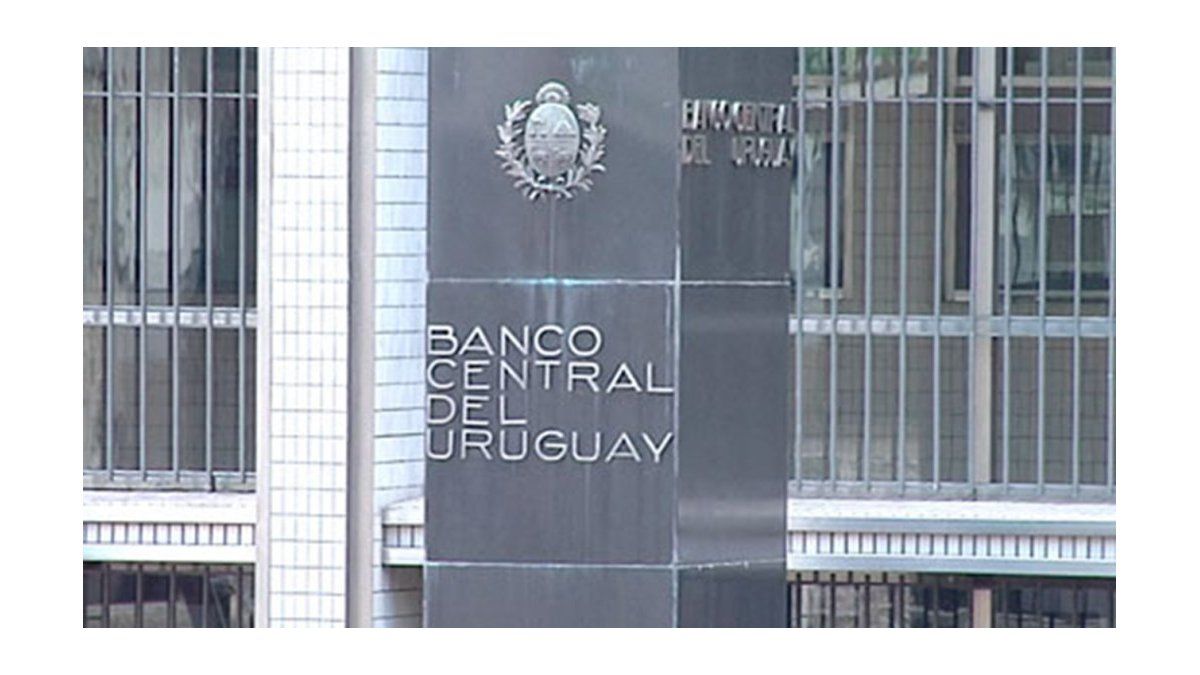RIO DE JANEIRO, BRAZIL – The growth of digital currencies is a phenomenon that is increasingly present in Uruguay. For this reason, the Central Bank of Uruguay (BCU), through its financial innovation program Nova BCU, published a document that aims to prepare the ground for a possible regulation on the subject in Uruguay.
Under the name “Conceptual framework for the regulatory treatment of virtual assets in Uruguay”, the BCU fulfills one of its most important purposes: to achieve price stability, regulate and supervise the functioning of the payment system and the national financial system.
It was carried out through an exchange with the financial sector, virtual asset service providers, software companies, law firms, consulting firms, public agencies, representatives of academia, and regulators from other jurisdictions.

The conceptual framework on the category of the different instruments and their operatives is explained there. “Given the rapid development of the instruments known as ‘virtual assets’ and their growing operations both globally and domestically, it is considered necessary to provide greater certainty and clarity on this phenomenon and its regulatory considerations, to ensure that their development in the local market, as well as their use in the different financial services, are safe,” the document states.
Reference is made to the fact that virtual assets “could constitute an important source of risk for price and financial stability, compromising the objectives of promoting the soundness, solvency, efficiency, and development of the financial and payment system”.
In this sense, the BCU adds that although the incorporation of virtual assets in “their current scale and their relationship with the formal financial system is relatively low, the increasing attention and explosive growth in recent times worldwide determine their imminent attention at the domestic level”.
For this reason, it warns that without an efficient protection framework, “potential frauds and scams using virtual assets, as well as cyber-attacks, could expose unsophisticated investors and users to significant losses (both from an economic and personal data point of view)”.
Among other risks, the BCU mentions the bank’s reputation in case of inaction or an inadequate regulatory approach, money laundering, and terrorist financing. On the other hand, the benefits of regulation include “a correct use of virtual assets” for “the efficiency and interoperability of securities markets and payment systems.”
“As is the case with technological advancement scenarios, uncertainty is high, and the materialization of such gains will depend on the uses made by the industry in concrete business models. Establishing clear rules, balanced and proportional to the risks identified, will be decisive for incorporating these instruments to take place within a framework of controlled risks, considering the protection of users and oriented to the healthy development of the markets”, states the BCU.
In short, the document is a statement that defines, on the one hand, and identifies, on the other, which virtual assets it considers to be part of its business and which are not. As defined therein, a virtual asset is “a digital representation of value or contractual rights that can be stored, transferred and traded electronically using distributed recording or similar technologies.”
In addition, four subtypes of virtual assets are identified: securities, utility, stable and exchangeable.
Securities bind those who hold them “credit or investment rights” and are therefore covered by securities market regulation. This subtype, then, falls within the regulatory perimeter of the BCU, which would generate the need for updates to the current regulation.
Virtual utility assets are, for example, the fan tokens issued by soccer clubs to build fan loyalty and provide benefits to those who purchase them. These do not qualify as true financial instruments but are similar to “redeemable points” issued in stores to be exchanged for products. This asset is, therefore, outside the BCU’s regulatory framework.
As their name indicates, Stable assets seek to preserve the stability of their value by establishing parity with other financial assets that are already stable. Examples of this type of asset are stablecoins with 1:1 parity with the US dollar or the cryptocurrency Tether.
Because it could be used as a payment method and impact the system if used massively, the stable virtual asset enters into the BCU’s business.
Finally, exchange assets are those that, despite fulfilling the function of being a payment method, the BCU focuses on its speculative function: the acquisition of it with the expectation that it will increase in value, to then be able to sell it and make a profit. The best-known examples are Bitcoin, Ether, and other cryptocurrencies with no stable value.
Therefore, in case of being incorporated, the BCU considers that we will be facing a case of an exchange of a common good for another common good as if it were a barter or a trade. The Bank warns that if it becomes a standard payment method, it could affect the National Payment System and, therefore, this type of virtual asset is a matter for the BCU.
Regulation, however, could not fall on the asset but on the different services that involve them. The main focus is on the commercial activity generated around virtual assets. This includes the operations of exchange, transfer, issuance, custody, distribution, and financial advice of or in relation to virtual assets, according to La Diaria.

